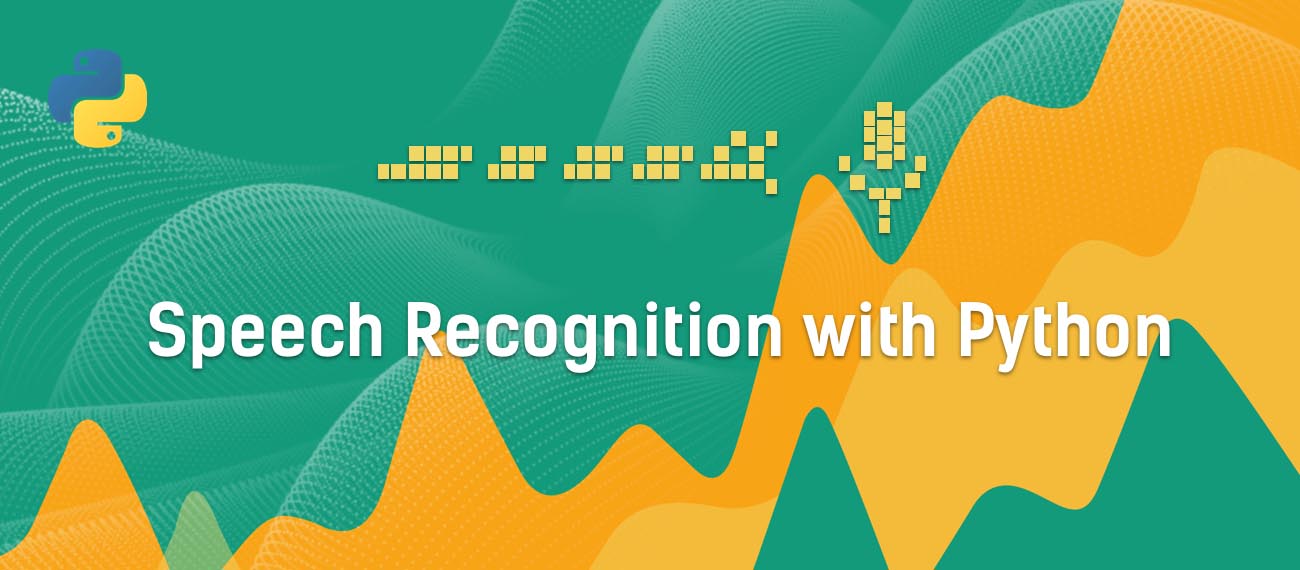

With these tools, developers can create powerful and innovative solutions that can be used in a variety of applications. Music analysis can be used to create music recommendation systems or to detect musical patterns. Audio processing can be used to create sound effects or to improve the quality of audio recordings. Speech recognition can be used to create voice-controlled applications, such as virtual assistants. These tools are invaluable for a variety of applications, such as speech recognition, audio processing, and music analysis. Librosa is a library that provides a wide range of audio analysis tools, such as pitch detection, beat tracking, and audio segmentation.

PyAudio is a library that provides access to audio devices and allows developers to record and play audio. The most popular Python speech and audio analysis tools are SpeechRecognition, PyAudio, and Librosa.

Ultimately, you’re going to be using a few solutions per application, so don’t be afraid to mix and match. Some of the solutions we’ll mention aren’t exactly STT systems but instead help improve audio so that true STT systems can process it more efficiently. When looking for a speech-to-text (STT) solution, you should always first see how you can use the many features available to you. In this article, we’ll talk most about speech recognition APIs, but you will want to use a number of tools to first edit, filter, and improve audio.
#Best speech to text python how to
As we move towards a world full of VR and ambient computing, learning how to use these APIs is going to be an important part of new architectures. If you’ve been paying attention to hardware and software trends, you’ll notice speech recognition, audio analysis, and speech creation have become top of mind for modern developers. “Hey, Alexa, is speech recognition really important?”


 0 kommentar(er)
0 kommentar(er)
